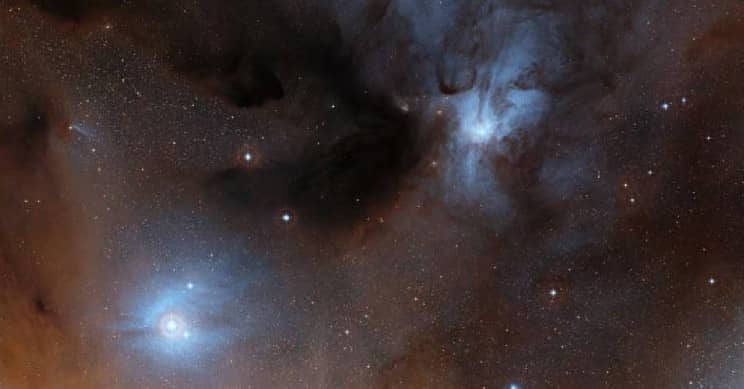Among the many mysteries of life, is the most elusive question of how life emerged. A research team from the Queen Mary University of London, however, might have succeeded in finding an important piece of information that can help them answer this question.

A team of researchers has made a discovery of a completely new organic molecule named glycolonitrile (HOCH2CN) that supposedly existed even before life emerged. This pre-biotic molecule has been detected in the material from which a star is formed.
The molecules are an indicator that the planets created around a star can begin existing via the supply of the chemical ingredients that are needed to create a form of life. The star material molecule in question was discovered in protostar, a solar-type, known as IRAS16293-2422 B.
IRAS16293-2422 B is located in the constellation of Ophiuchus almost 450 light-years from Earth. It features ideal conditions for the beginning of life. It is a dense and warm region that contains young starts at the earliest stage of their evolution. What’s interesting is that it contains them in conditions that are thought to be present when our Solar System was being formed.
The lead author Shaoshan Zeng from Queen Mary University of London said, ‘We have shown that this important pre-biotic molecule can be formed in the material from which stars and planets emerge, taking us a step closer to identifying the processes that may have led to the origin of life on Earth.’

The discovery has been termed as a significant step forward towards the pre-biotic astrochemistry. The glycolonitrile has been recognized as a critical precursor for the formation of adenine, one of the four nucleobases present in the nucleic acid of DNA. In fact, adenine is considered responsible for both RNA and DNA in living organisms. The discovery was made possible by studying the time period during which the star is forming. This time is known as the interstellar medium. The study was carried out using the Atacama Large Millimeter/submillimeter Array (ALMA) telescope in Chile.
The research was also supported by the Centro de Astrobiología in Spain, INAF-Osservatorio Astrofisico di Arcetri in Italy, the European Southern Observatory, and the Harvard-Smithsonian Center for Astrophysics in the USA. It has been published in the journal Monthly Notices of the Royal Astronomical Society: Letters.


